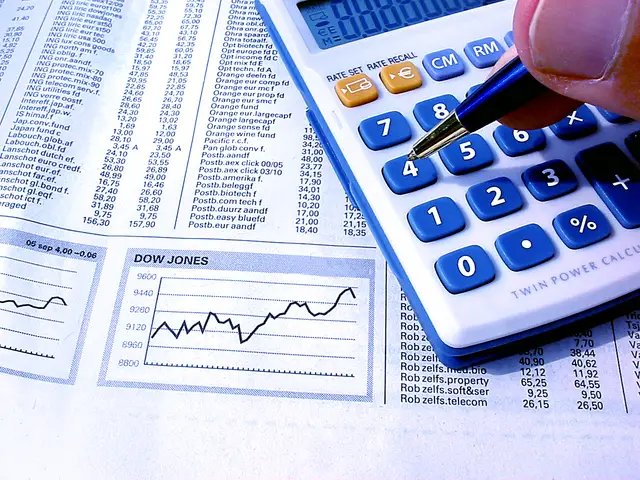Last Updated on 12/08/2022 by GS Staff
Current Ratio Formula Explained
Q: What is the formula for the current ratio?
A: The current ratio evaluates if a firm can pay its short-term liabilities with its current assets. To calculate the current ratio you take the current assets divided by the current liabilities. The below formula shows how the current ratio is calculated.
Current Ratio = Total Current Assets ÷ Total Current Liabilities
Current assets commonly include items such as cash, accounts receivable, short-term investments, prepaid expenses, and inventory. Current liabilities often include accounts payable, interest payable, sales and income taxes payable, accurred expenses, current maturities of long-term debt, and dividends payable.
The industry that a business operates in often determines what is an acceptable current ratio. However, you generally need the current ratio above 1 to have enough assets to meet short-term liabilities. A current ratio above 1 shows that a company has more current assets in relation to current liabilities. A current ratio below 1 indicates that a firm will likely need to produce funds quickly to manage their liabilities.
Keep in mind that a current ratio that is too high (let’s say over 2.5) can also signal a problem as well. While a high current ratio means that there is no worry about the payment of liabilities, it also means that the assets are not being used efficiently. For example, a company with an extremely high current ratio may be better of transferring some of the current assets to long-term investments for a better return. In many cases, a current ratio of about 1.5 is efficient to where the liabilities are adequately covered, while the assets are being used effectively.
Let’s take a look at a real life example of a current ratio calculation. We will use the balance sheet data from Chipotle Mexican Grill for the period ending September 30, 2017. Here are the current assets and liabilities from this period.
Current Assets
| Current Assets | |
|---|---|
| Cash & Cash Equivalents | 113,480 |
| Short Term Investments | 434,877 |
| Net Receivables | 36,856 |
| Inventory | 21,634 |
| Other Current Assets | 49,089 |
| Total Current Assets | 655,936 |
Current Liabilities
| Current Liabilites | |
|---|---|
| Accounts Payable | 323,402 |
| Total Current Liabilities | 323,402 |
Now that we have the current assets and current liabilities for the period, we can use the formula for the current ratio, which is Total Current Assets ÷ Total Current Assets.
$655,936 total current asset ÷ $323,402 total current liabilities = 2.03 current ratio
You should always try to compare the current ratio of one company against similar businesses. This will give you an idea of what is a typical current ratio for the industry. The current ratio is often a good starting point for evaluating a company.

